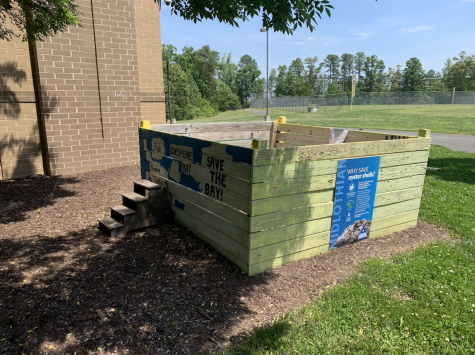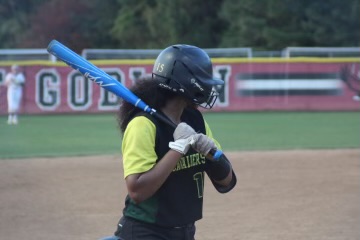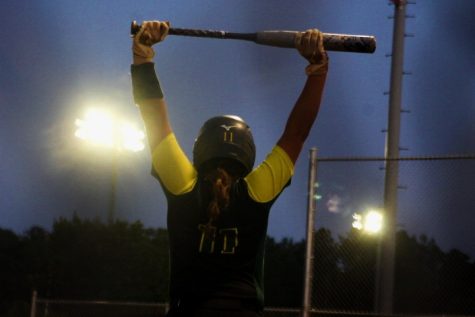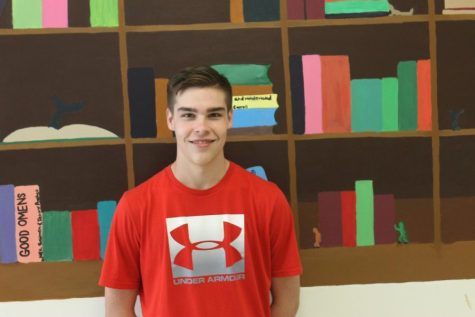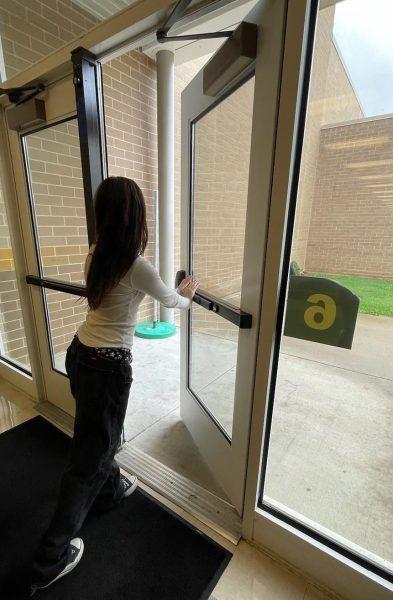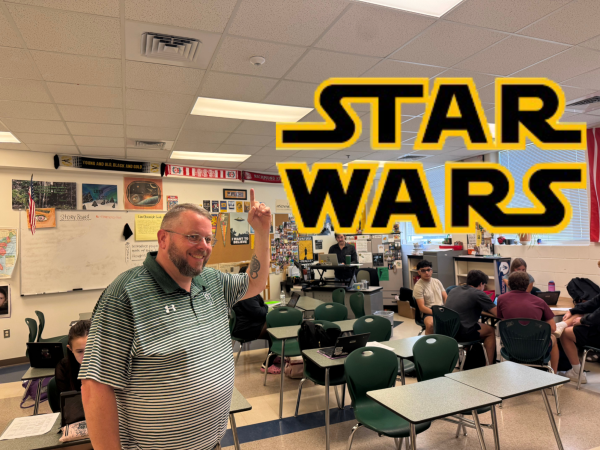Historical research class teaches fifth graders about WWII
The historical research students in charge of the American homefront and Germany sections
On Feb. 8, Cluny Brown’s historical research class welcomed fifth graders from Alberta Smith to help them study the second world war. This field trip allowed the 5th graders to further their studies about WWII while simultaneously learning about the historical research program at Clover Hill.
Hosted by Cluny Brown and her historical research classes, the room was split into multiple sections based on different aspects of the war. Each historical research student was allowed to pick which station they hosted. The students were responsible for explaining their section to the fifth graders and the objects that were on display, as well as for responding to any questions they might have had. Junior Jupiter Blanks was a part of the American homefront section. They chose that section because they enjoyed learning about how the war personally affected Americans at home.
“I liked the rotary phone and it was fun seeing what our country went through as the war went on especially with rations,” Blanks said.
The historical research class has hosted similar events for younger students in previous years. This field trip was revitalized by Brown and her historical research students with the goal of educating the fifth graders about WWII and presenting them with a different perspective on the war.
“The goal was to show more of the war’s impact on humanity and less about specific battles,” Brown said.
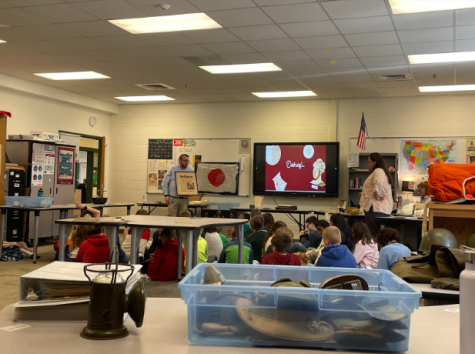
Each elementary school student had an assignment where they were instructed to select six artifacts and write as much as they could about them. All the way from getting to try on a traditional WWII soldier’s uniform to seeing a genuine armband from Auschwitz, each student was allowed access to secondary and primary artifacts. The fifth-graders’ ability to demonstrate empathy and general knowledge on each subject left Brown’s students in awe of their intelligence.
“I was pleased and proud to witness the reverence with which they examined the artifacts,” Brown said. “I think the students were surprised by how much they learned and how well they could relate to these people who lived so long ago.”

Vanessa Wigfall is a senior attending Clover Hill High School. Her love for film and interest in global crises led to her original interest in journalism....



